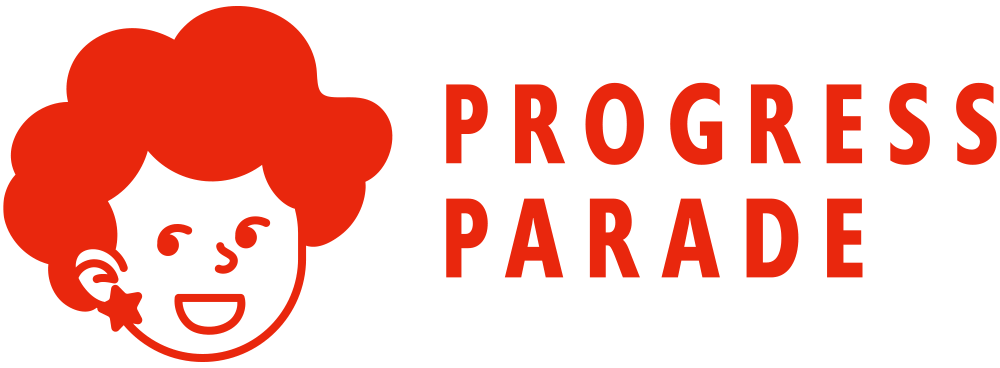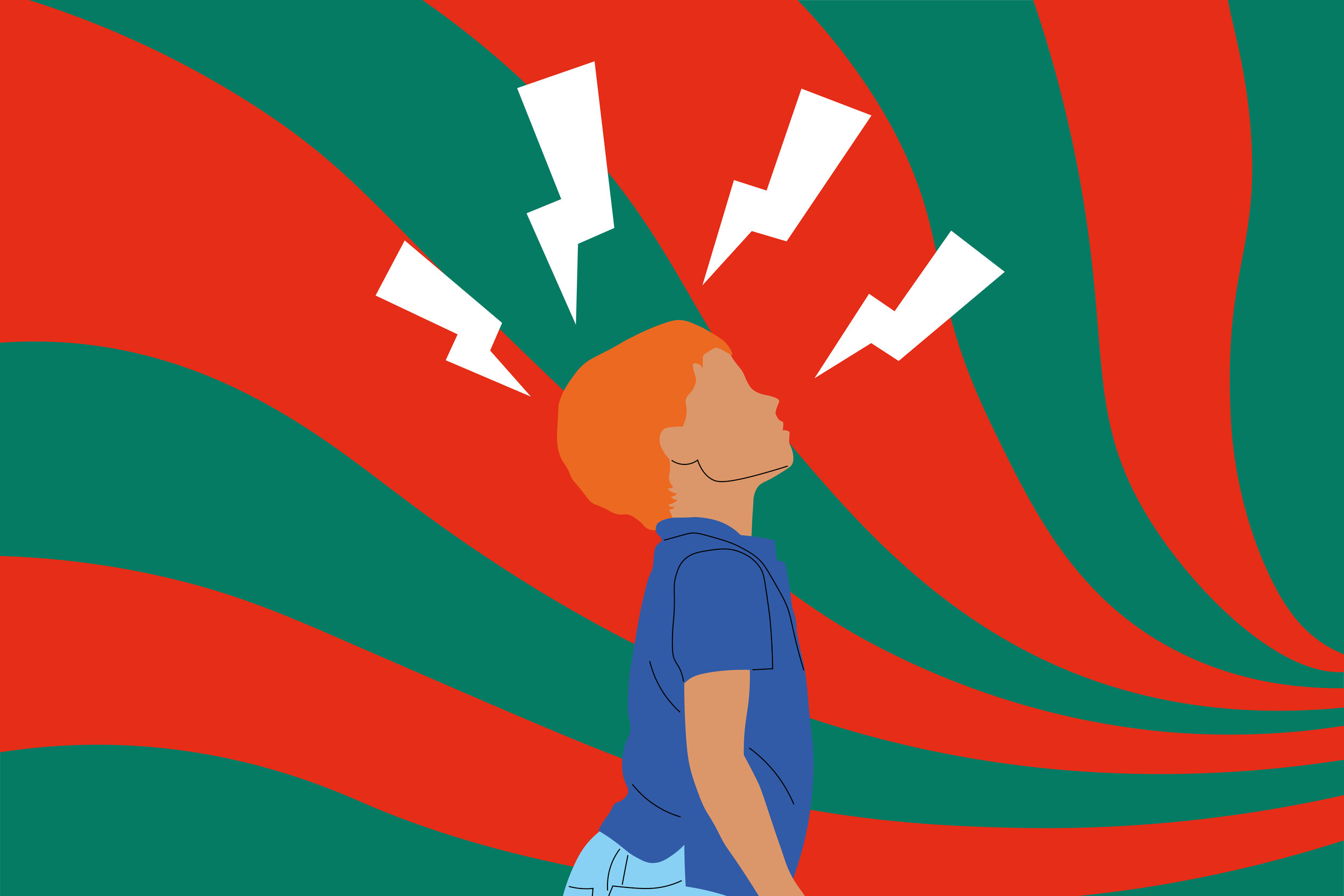What supports and modifications are available to students with disabilities?
If you’re like most parents, you may not be aware of the variety of resources and supports that are available in public schools. As an outsider, access to school based services can be complicated and confusing. With the help of an insider, School Psychologist Lauren Schutz, we walk the reader through all the different acronyms and terms that may confuse individuals who are less versed in school lingo.
What is a disability?
Let’s start with the baseline criteria to receive any formalized (read: legally binding) school supports. An individual must have a disability.
A disability, as defined by the Americans with Disabilities Act (1990, 2008) is a physical or mental impairment that substantially limits one or more major life activity.
What qualifies as a disability can range from asthma to visual impairments to cognitive impairments or severe genetic diseases. Learning is one of the many activities that falls under major life activities which can be limited by disabilities.
What are accommodations?
The Americans with Disabilities Act states that any public institution that receives any kind of federal funding is required to protect individuals from discrimination on the basis of their disability. This requirement is stated in a specific clause of the Rehabilitation Act of 1973 called Section 504. Consequently, institutions are required to provide reasonable accommodations that “level the playing field” and provide equal access. Section 504 is part of federal legislation that is regulated nationally by the Office for Civil Rights.
An accommodation is a change the institution can make to ensure that an individual with a disability can perform the essential functions required of them and enjoy equal opportunities to participate in institutional activities. In school, this requires that the school change typical procedures to allow students with disabilities to demonstrate their knowledge as others would.
A concrete example of an accommodation would be a ramp to enter the building. It is a reasonable adjustment for individuals in a wheelchair to allow them to access the learning environment. Other common accommodations for students include preferential seating, time or space adjustments, material presentation changes (braille or large print) or opportunities to leave class to see the nurse (such as for asthma and diabetes).
It is critical to note that an accommodation, specifically in schools, does not adjust the content or complexity of academic information. Individuals with 504 plans in school are expected to demonstrate grade level knowledge of content and simply need appropriate accommodations that mitigate the impact of their disability.
What is a 504 plan?
Schools (as federally funded public institutions) may complete a 504 plan which documents the way in which schools and students/parents have agreed to ensure fair treatment. A parent may request a 504 meeting with the school at any time. They may also request an evaluation be completed for their child to determine if they have a disability (read more here). Typically 504 plans are reviewed and amended yearly. If parents ever have concerns that a 504 is not being implemented by the school as agreed upon, they should first contact the school in writing to express the concern. Begin with the teacher or case manager. If a parent believes the school is unfairly discriminating against their child, they may submit a complaint at the Office for Civil Rights.
“Institutions are required to provide reasonable accommodations that ‘level the playing field’ and provide equal access.”
What is an IEP?
If a student has a disability and a 504 plan does not provide enough support, they may require an Individualized Education Plan (IEP). IEPs provide modifications to the school’s standard curriculum and/or environment. That is to say that that student requires specialized instruction in order to make adequate progress in their education.
For example, it is safe to assume that a 16-year-old student with the cognitive capacity of a 5 year old due to cognitive impairment should not be expected to complete high school algebra. Per the Individuals with Disabilities in Education Act (1990) it is still the expectation that schools provide a reasonable education that allows the student to continue to grow. Thinking back to the wheelchair example; if an individual was in an accident and required a mechanical wheelchair, they would need someone to teach them to use it. In the school setting, that person is a special education teacher. Special education tutors are uniquely trained to understand educational disabilities and provide alternate instruction. This form of alternate instruction is what IEPs are all about.
An individualized education plan is a legally binding document, developed by a multidisciplinary team of educators, the child’s parents, and the child if they are 14 ½ or older. This plan defines the nature of the disability, how it adversely impacts the students' learning, and what specialized supports are required to provide a free and appropriate education (read more about that here) in the least restrictive environment (read more on LRE). Least restrictive environment essentially means the school will provide the educational curriculum and setting for your student which provides the amount of support needed, without giving too much support (or without restricting their access to grade level expectations more than they need). You want your student to thrive in school in a curriculum and environment that is as similar to neurotypical peers as possible.
The IEP document is put in place to guide and hold schools accountable to a reasonable plan that protects the civil rights of students with disabilities. IEP rules and regulations are governed by state boards of education.
Modifications are changes (outlined in the IEP) to what a child is taught or expected to know in school. For example, if an individual has a severe math disability and cannot demonstrate understanding of grade level content, they may require a unique method of teaching from a special education teacher. They may also require different tests that reduce the number of answer choices or provide access to math formulas that are too complicated to memorize. While a student may not be able to demonstrate average knowledge, they may be able to access the basics of the curriculum and they will, most importantly, continue to move forward.
“The IEP document is put in place to guide and hold schools accountable to a reasonable plan that protects the civil rights of students with disabilities.”
What is the difference between a 504 plan and IEP?
A 504 plan documents accommodations, changes which do not adjust the complexity or content of a curriculum, for students with disabilities. An IEP documents modifications, a change which does affect the content or complexity of a curriculum, for students with disabilities.
Referencing the least restrictive environment discussed above, an IEP is considered a more restrictive environment, or further from nondisabled peers than a 504 plan. A student with ADHD who has a 504 plan may receive extended time on tests or preferential seating. These are accommodations which give him access to the same curriculum as his peers. Another student with ADHD who has different symptoms may need an IEP. He may receive services from a special education teacher to learn executive functioning skills or meet with a social worker to control behavioral outbursts. The former example demonstrates changes within the same curriculum (504 plan) and the latter demonstrates a modified curriculum (IEP).
Why is my school talking about interventions?
So far, we have defined the difference between an accommodation and a modification. We have also explored the differences between a 504 and IEP. These documents are critical to providing legal protections for students with disabilities.
With that in mind, one concept is missing that can sometimes be overlooked after all the meetings are held, and you have your signed IEP or 504 plan. Some believe that once a child has a “plan” they are good to go. Many people have said that “special education is not a place”. That truth can be applied here. Special education is not a destination, and the work does not stop once the student has qualified.
In considering support for any struggling student (with or without a 504 or IEP plan) educators must be mindful of the intervention or program that is being used. An intervention is a curriculum or instructional methodology that has been researched and standardized. We want to use academic interventions with scientific backing of effectiveness in a specific skill area. For example, if a student struggles learning the sounds letters make (phonics), there are a wide variety of programs that have successful outcomes when implemented according to the guidelines. These programs are sometimes scripted and pre-planned, taking a lot of the prep work away from the teachers.
What is Response to Intervention (RTI)?
With the preparation taken care of, this leaves room to carefully monitor the students’ growth from week to week in order to determine if the program is working. If, after 6-8 weeks, teachers are not seeing sufficient progress, they may consider changing the intervention to a different available program. This process, sometimes referred to as Response to Intervention (RTI) helps educators make data-based decisions that help hone in on deficit areas and fill gaps more quickly. This approach to instruction works for both general education and special education and allows educators to better support students whether they have a disability or not.
The last three decades in education have demonstrated a significant shift away from 20th century education that was designed for the industrial revolution. We have so many more resources available to identify and meet students wherever they are at and support them to grow. While the laws do a lot to support students, teachers make the difference, continuously improving their craft to help students.









